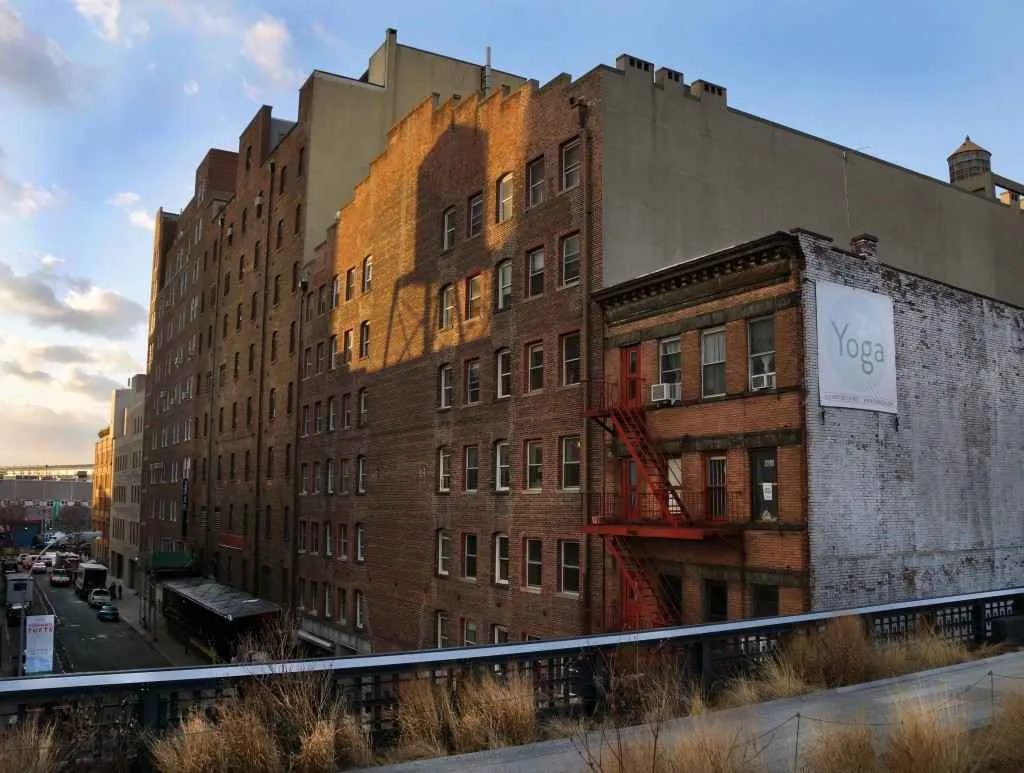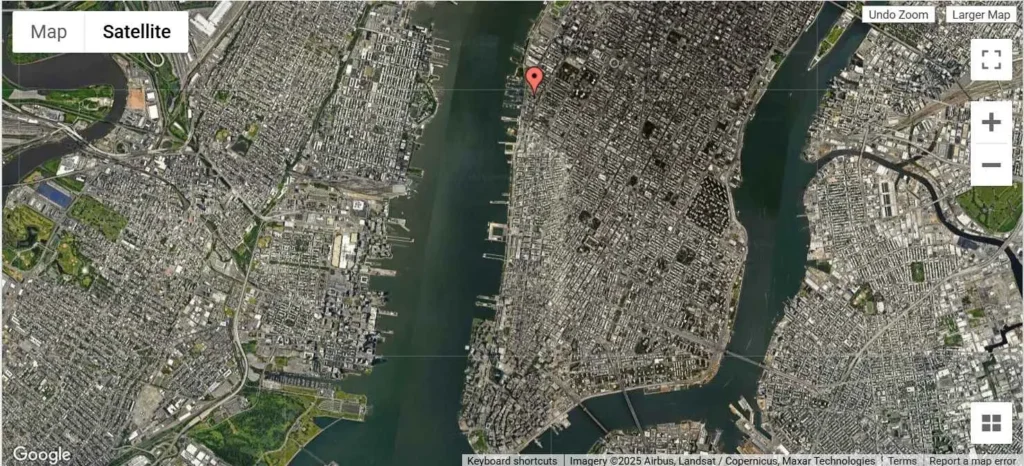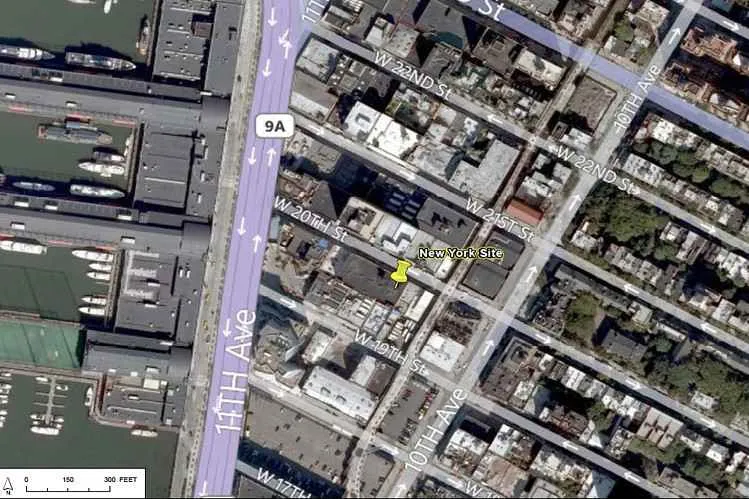If you ever stroll along the High Line at W. 20th St. in Chelsea, you might pass by some unassuming buildings that hold a significant secret from World War II. These structures, once known as the Baker & Williams warehouses, played a pivotal role in the development of the first atomic bombs as part of the top-secret Manhattan Project.
Origins of the Manhattan Project
During World War II, fears grew that Germany was developing an atomic bomb. In response, President Franklin D. Roosevelt authorized the Manhattan Project on August 13, 1942, aiming to create the world’s first atomic bomb. Although most people associate the project with remote locations like Los Alamos, New Mexico, and Oak Ridge, Tennessee, its origins were deeply rooted in New York City, specifically in the Manhattan Engineer District.
The Role of Baker & Williams Warehouses
A crucial component of the Manhattan Project was securing and storing large amounts of uranium, a key material for building nuclear weapons. The Baker & Williams warehouses in Chelsea became one of the first storage facilities for this material.
By the early 1940s, these warehouses housed approximately 300,000 pounds of processed uranium shipped from the Eldorado Radium Extraction Plant in Port Hope, Ontario. This uranium was instrumental in research and development efforts and was distributed to other Manhattan Project facilities from here.
The Atomic Bomb and its Aftermath
On July 16, 1945, the first atomic bomb was successfully detonated during the Trinity test in New Mexico. A month later, the United States dropped atomic bombs on Hiroshima and Nagasaki, resulting in over 200,000 deaths and effectively bringing an end to World War II. The Manhattan Project’s mission concluded in 1947 with the formation of the Atomic Energy Commission, which assumed control over nuclear energy development.
Radioactive Legacy
Decades after the war, in 1989, federal inspectors discovered radioactive contamination in the Baker & Williams warehouses. The levels were up to 38 times higher than what federal regulations allowed. Cleanup efforts began shortly after, and by November 1995, more than 50 drums of radioactive waste were removed, officially ending the decontamination process.
A Forgotten Chapter of History
Today, the buildings remain standing, blending into the Chelsea skyline. However, few pedestrians walking the High Line are aware of their critical role in one of history’s most significant scientific endeavors. These warehouses are a reminder of the hidden stories embedded in our cities, waiting to be uncovered and remembered.




